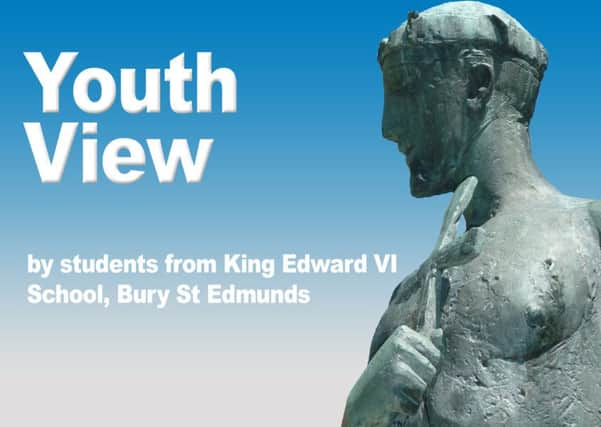It's a sad farewell to the old pound


During September 2014 the Royal Mint Advisory launched a national competition, requesting images for the ‘tails side’ of the new one pound coin to be introduced in 2017. With such bait on the hook, it allured designers all over the world for this prestigious opportunity.
On the 17th of March last year, fifteen - year old David Pearce from Walsall was announced as the competition winner. His design included the Tudor rose, an Irish shamrock and the Scottish thistle, all on a single stem, emerging from a crown. My view: it’s refreshing and creative.
Advertisement
Advertisement
Then, just before Christmas, the final batch of the current coinage left the production line. It was the end of an era for the pound coin.
The design isn’t the only thing that’s changing though. The shape is too. The iconic appearance of the pound coin has been retained since 1983, so to alter it to a twelve sided shape initially seems arbitrary and uncalled for.
The Royal Mint has reassured us it’s for a good reason. So they can be used more easily - specifically in vending machines. Am I the only one who sees the irony in this?
To accommodate such an abrupt change, it will require adaptations to all one pound mechanisms, costing the country up to 100 million, with parking machines costing up to 50 million alone.
Advertisement
Advertisement
It’s like having a hundred pounds in a perfectly good wallet, and then spending fifty on a new one.
Despite this, there is a security issue at hand. Barclays carried out its most recent currency circulation assessment of the UK in 2014, in which roughly 3.4% of it was forged.
Although the physical aesthetics of a dodecagon are less simplistic to reproduce, it’s not the cure that will rectify the sweeping epidemic of counterfeit tender in the UK. The solution will lie within the coin itself, as a new integrated defence system developed by the Royal Mint; which will be detectable to any machine that takes money.
Why do we need to change the surface if the solution lies under it?
Advertisement
Advertisement
I believe one of the most common lies are ‘change is good’. Not only is it a terrible cliché, but it’s too short for me. I would prefer something along the lines of: ‘change can be good, but for the right reasons’.
Can there really be any legitimate reason for justifying such an unnecessary change?
As always though, the Royal Mint has provided one; “To maintain the integrity of our currency”. Integrity isn’t built upon wealth; let alone what it looks like. Why does money deserve integrity? It’s just another metal compound that is used all over the world.
So when you see the next homeless man sleeping rough, remember our integrity, and how our money was better spent in upholding it - rather than helping him off the streets.